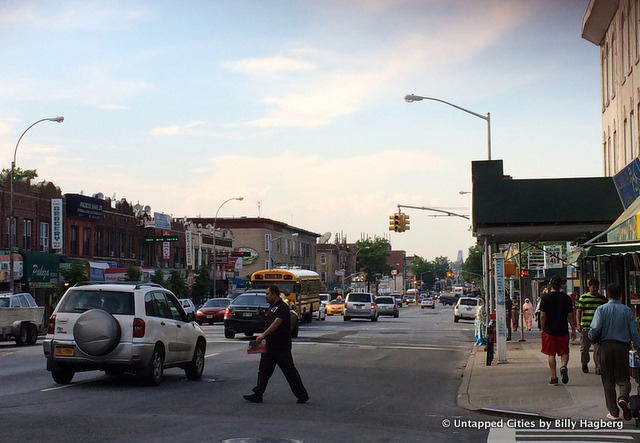
As we’ve mentioned before, South Brooklyn has been a site of Southeastern European immigration for decades. With political upheavals stemming from the Soviet invasion of nearby Afghanistan in the 1980s, more and more Uzbek citizens have settled on the East Coast, particularly Philadelphia and New York City. In Brooklyn, north of Brighton Beach, one of the largest concentrations of Uzbek immigrants has settled alongside other populations displaced by Soviet actions.
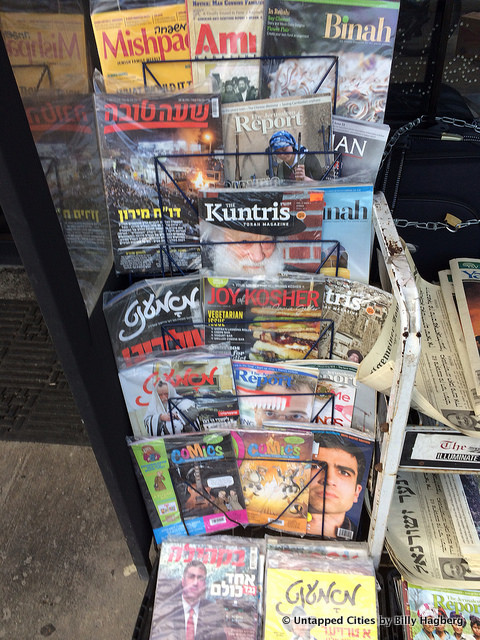
The area around Kensington, Brooklyn, accessible via the B or Q trains, has historically been an extremely diverse area, housing immigrants from China to Ukraine and recently, Darfur. There are large pockets of ethnically Russian and Russian-speaking immigrants, some already on their second or third generation, seeking to escape the aggression of the USSR on its neighboring countries during the 1980s.
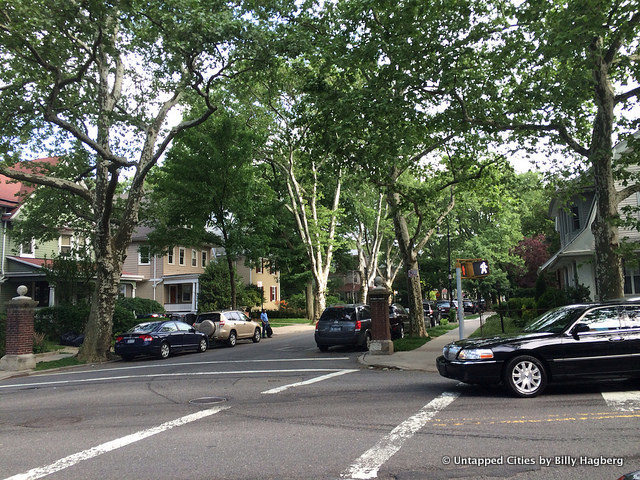
Younger countries like Uzbekistan that still suffer from the Soviet legacy have seen a rise of immigration to the United States. In recent years, American efforts such as the Diversity Visa Program have nearly tripled the Uzbek population in the US. From 2007 to 2012, the amount of Uzbeks to gain entrance in America had nearly tripled from 1,304 to 3,716.
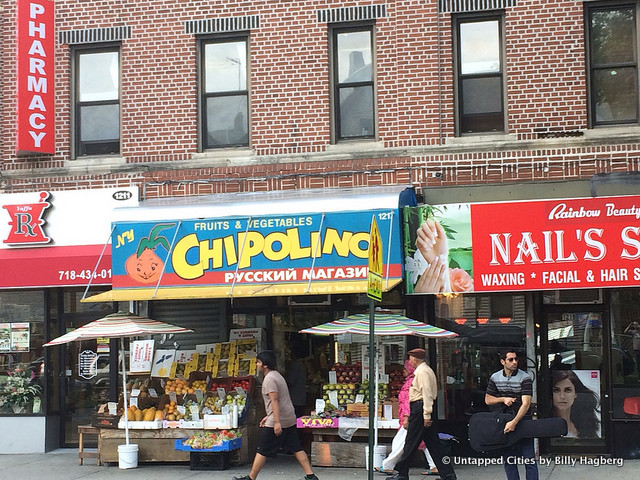
Many new immigrants live in the fairly cheap yet spacious houses around the neighborhood and you can barely walk down any street without seeing a stray tricycle or mini basketball hoop. Families usually house new immigrants until they can find their own residence–indeed there seem to be a number of pop-up style immigration services. New immigrants tend to work for and with the more established and elderly Russian population, given their shared language.
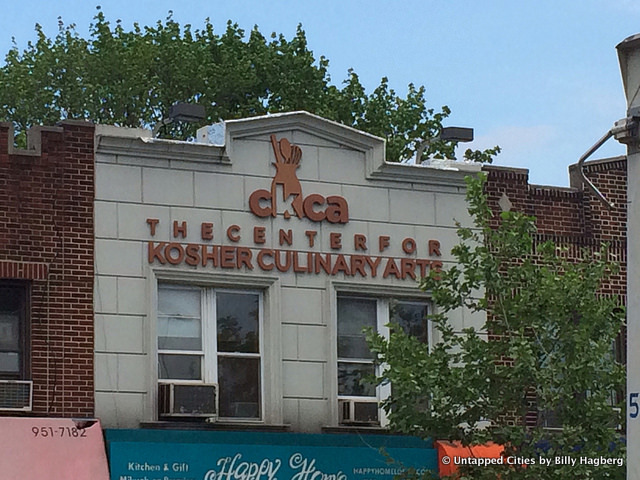
The neighborhood itself is idyllic; row upon row of beautiful townhouses stretching out between and out of Ocean Parkway and Coney Island Avenue and dotted with local businesses. The nascent Uzbek community is fairly visible, given that a large portion of it are of the Bukharan Jewish faith which observes a dress code. Bukharan Jews are native to Central Asia, descendants of the Lost Tribes of Israel exiled during the 7th century. They now live here in Brookyln, and are also in Forest Hills, Queens.
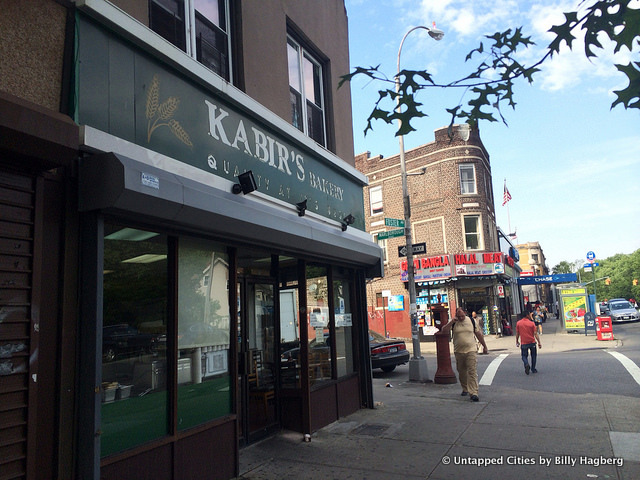
Bukharan food shops are plentiful as well, serving a mix of Central Asian, Jewish and even Chinese and Southeast Asian plates, such as palov (similar to pilaf) and oshi piyozi or stuffed onion. There are also numerous bakeries along the main drag of Coney Avenue, such as Ostrovitsky’s on Avenue J with kosher sweets and baked goods. More broadly Uzbek food like traditional and hearty beef and lamb dishes are available throughout the area, notably Uzbek Palace further South on Avenue P.
As the number of Uzbek immigrants grows in the neighborhood, it will continue to distinguish itself from other Eastern European enclaves of the area. Already a beautiful and family friendly neighborhood, with unique cuisine and cultural stores and wares, the neighborhoods around Ditmas Park and Midwood will continue to be a beautiful place to live and visit in Brooklyn.
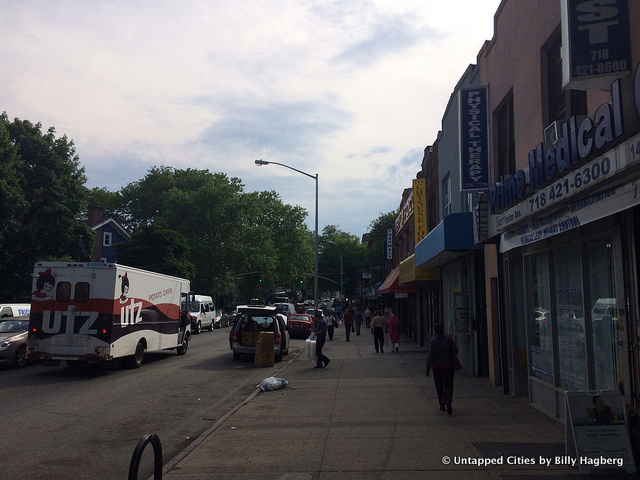
The author can be reached via Twitter @jimipage26





